Private players could strengthen digital terrestrial broadcasting: TRAI
In order to clearly spell out a futuristic roadmap for phasing out the existing analog terrestrial transmission and also for the introduction of Digital terrestrial transmission system (DTT) for broadcasting and mobile TV, the Telecom Regulatory Authority of India (TRAI) has come out with a consultation paper that focuses on the development of an appropriate model for the switchover from analog terrestrial transmission to DTT/ Mobile terrestrial transmission in a time bound manner, while formulating a clear road map, spectrum requirements, timeframe for switchover, and implementation methodology.
The broadcasting sector contributes to nearly 46 per cent of the total size of Media and Entertainment industry. At this juncture, there are 869 private satellite TV channels permitted by the Ministry of Information and Broadcasting (MIB), in addition to 26 TV channels being broadcast by Doordarshan. At present, there are about 100 million cable TV subscribers, 58.5 million pay DTH subscribers, and about 18 million consumers using by free-to-air (FTA) DTH. There are 247 million households in India as per the 2011 census. A large number of these households particularly in rural and remote areas depend completely on the FTA terrestrial broadcasting TV services being provided by the public broadcaster.
Terrestrial broadcasting is at present an exclusive domain of DD which ranks amongst the world’s largest terrestrial television networks. DD has a network of 1,412 analog transmitters that provide TV services through two national channels – DD National and DD News. In addition to this, the network also broadcasts several regional TV channels over the terrestrial network in a time sharing mode to meet the local and regional needs of people in different parts of the country. All TV channels provided by DD are free-to-air.
With standardised DTT transmission and clear advantages in terms of effective frequency utilisation as well as enhanced TV quality, many countries the world over have laid down clear roadmaps to switch-off analog terrestrial TV transmission with a transition to DTT. In India, though work for changeover from Analog terrestrial transmission to digital terrestrial transmission by DD has already commenced, a clear roadmap is however unavailable.
At this juncture, due consideration must also be given to the ever increasing demand and rising popularity of mobile TV channels. It is important to note that multimedia traffic contributes to almost 70 per cent to 80 per cent of the total traffic on the Internet which shows that there is a demand for consumption of video content on mobile and handheld devices.
Effective utilisation of the spectrum in the VHF and UHF bands is important, especially in view of growth of Internet and developments in OTT services, which require additional spectrum resources to be made available to International Mobile Telephony (IMT) services.
Participation of private players
DD has a network of 1,412 analog TV transmitters across the country. These are planned to be replaced by 630 DTT transmitters in order to provide similar coverage. Out of these, 400 are Low Power Transmitters (LPTs) and 230 are High Power Transmitters (HPTs). It has been estimated by Prasar Bharati that in order to install 300-400 DTT transmitters in densely populated areas, the requirement of funds would approximately Rs 3,000 crore. The cost of complete digitisation of the network using one transmitter in 630 locations each would be much higher. The expenditure, if funded by the Government, may have to be justified keeping in view the social and other benefits likely to accrue from digitisation.
Introduction of DTT services requires concerted effort on the part of various stakeholders to make available DTT STBs, TV receivers, infrastructure and appealing services to drive migration process. It is expected that the entry of private players in DTT sector may help developing necessary ecosystem.
Since large investment is required for migration to digital, sole dependence on government funded approach may not be feasible. Allowing the private sector in terrestrial TV broadcasting would result in inflow of private capital in the sector and growth of terrestrial services. Private sector may develop DTT as competitive and viable optional alternative platform to consumers.
Presently, terrestrial broadcasting is under the exclusive domain of DD and there is no competitive platform in terrestrial TV services. By allowing the private sector in terrestrial TV broadcasting innovation in services will get encouraged. As of now there is little content differentiation between platforms. Private sector may develop new business models for commercial utilisation of DTT services. Content differentiation between terrestrial and other platform may improve as private sector may bring in new services.
Currently, the satellite TV channels have programmes directed at the national/ regional audience. It is expected that private terrestrial television broadcasting will lead to enhanced coverage of local issues, events, music and culture.
The public service broadcasting may get strengthened as private service operators will provides new socially relevant programming such as education, health, etc. Private terrestrial television broadcasters may complement the services of DD by generating more content.


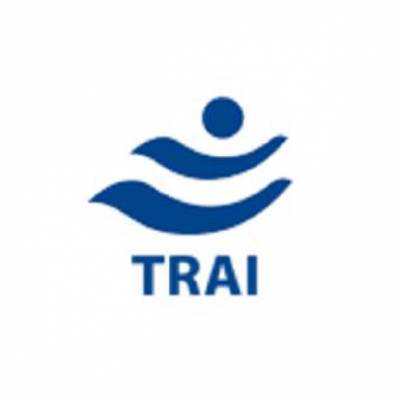
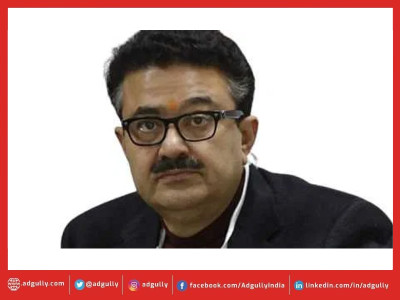



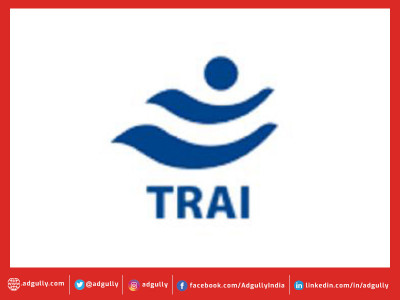

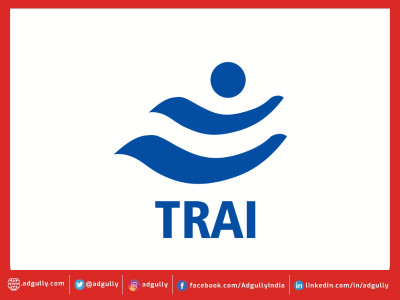
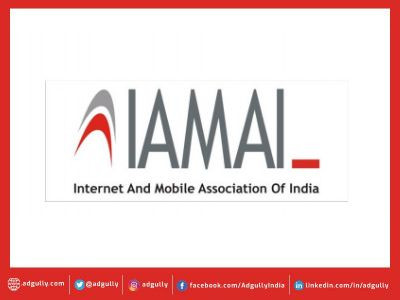



Share
Facebook
YouTube
Tweet
Twitter
LinkedIn